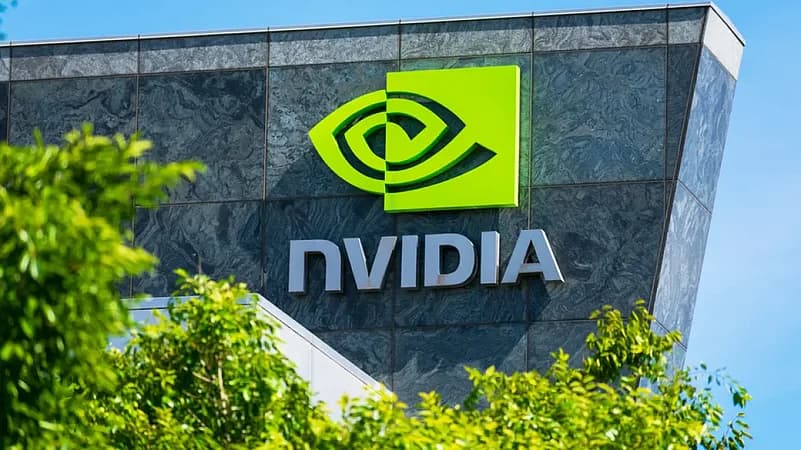We're loading the full news article for you. This includes the article content, images, author information, and related articles.
NVIDIA highlighted collaborations with Taiwanese manufacturers like Foxconn and TSMC, who are using Omniverse-based digital twins for factory planning and NVIDIA’s video AI agents (from the VSS blueprint) for on-floor production analysis and quality control.

Santa Clara, CA — In a bold demonstration of how AI and digital twins are reshaping the future of manufacturing, NVIDIA has announced deepening collaborations with some of Taiwan’s biggest industrial powerhouses, including Foxconn, TSMC, and Delta Electronics. These partnerships mark a milestone in the application of NVIDIA’s Omniverse platform, now being used at scale to simulate, plan, and optimize advanced factory operations in 3D before a single machine is installed.
At the heart of this transformation is NVIDIA’s Universal Scene Description (USD)-based digital twin technology, which allows manufacturers to create high-fidelity simulations of factory floors, machinery, and production lines—right down to the wiring, airflow, and robotic arm movements. With this, Taiwan’s largest manufacturing giants are redefining how they plan, test, and deploy industrial processes—faster, smarter, and with unprecedented precision.
“This is where the digital twin meets the real world,” said an NVIDIA executive. “These factories aren’t just being built—they’re being rehearsed, iterated, and perfected in Omniverse before they come to life.”
Traditionally, factory design and upgrades involved static blueprints, manual coordination across engineering teams, and costly post-deployment adjustments. Now, by adopting Omniverse, manufacturers like Foxconn and TSMC can:
Simulate end-to-end production workflows in 3D
Validate changes to factory layout and logistics virtually
Detect inefficiencies, hazards, and conflicts before ground is broken
Collaborate globally in real time across engineering, design, and operations teams
With specialized blueprints and component libraries, these simulations aren’t just visual—they’re data-driven. Every conveyor belt, robotic picker, and cooling vent behaves as it would in reality, making virtual planning an essential tool for both greenfield construction and retrofitting legacy systems.
Beyond simulation, these manufacturing giants are also bringing NVIDIA’s AI-powered Video Search and Summarization (VSS) agents directly onto the production floor.
These intelligent agents can:
Monitor real-time surveillance footage
Automatically detect defects, slowdowns, or misalignments
Summarize hours of video into actionable insights for managers and engineers
For example, a bottleneck in Foxconn’s assembly line can now be detected and flagged in real time without manual video review. At TSMC, production anomalies can be traced back through video logs, enhancing quality control and root-cause analysis. This blend of digital twin planning and real-time AI monitoring creates a feedback loop of continuous improvement—where the factory not only runs, but learns.
In industries like semiconductors and consumer electronics, where time-to-market is everything, this approach accelerates rollout timelines and reduces costly mistakes. With the ability to simulate new product lines before launch and detect flaws as they happen, NVIDIA’s tools are helping Taiwan’s tech titans stay ahead in one of the world’s most competitive sectors.
These innovations also align with the global push toward Industry 4.0, where AI, robotics, and cloud computing converge to create smart factories that are agile, adaptive, and insight-driven from day one.
TL;DR: NVIDIA is teaming up with Taiwan’s tech leaders—Foxconn, TSMC, and Delta—to supercharge smart manufacturing. Using Omniverse, they’re building digital twins of factories for faster, more precise deployment. On the ground, AI video agents monitor production in real time, reducing errors and speeding up delivery. It’s the new blueprint for next-gen electronics manufacturing.
Keep the conversation in one place—threads here stay linked to the story and in the forums.
Other hot threads
E-sports and Gaming Community in Kenya
Active 7 months ago
Popular Recreational Activities Across Counties
Active 7 months ago
The Role of Technology in Modern Agriculture (AgriTech)
Active 7 months ago
Investing in Youth Sports Development Programs
Active 7 months ago